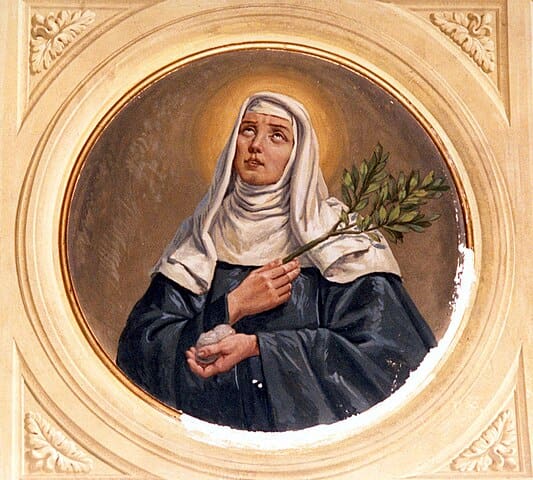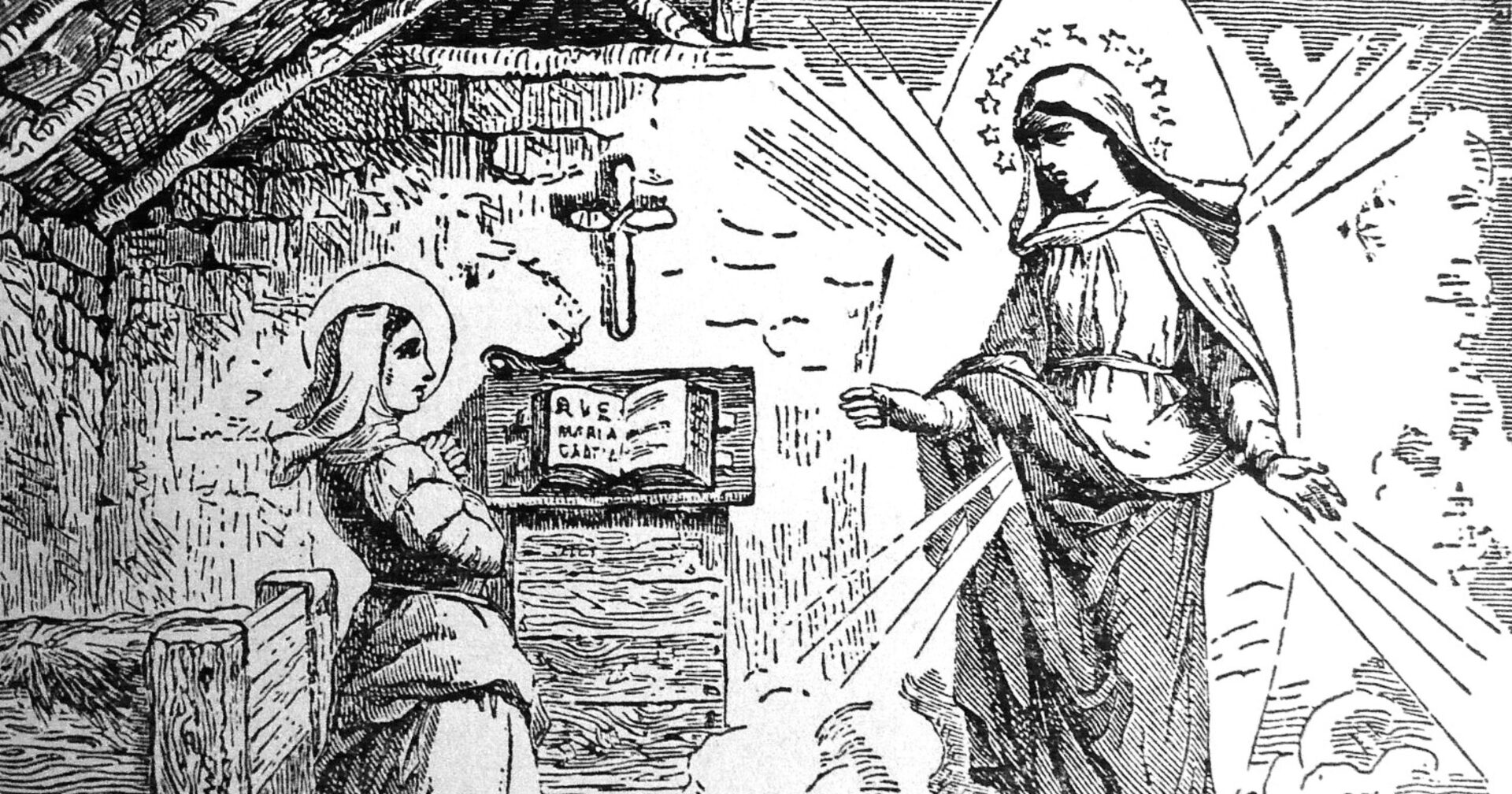Born in the humble town of Binasco, Italy around 1445, Veronica of Milan was the embodiment of piety. The diligent life she shared with her modest family shaped her Christian virtues, influencing her aspiration towards saintliness. Instead of joining her peers in merriment, she chose to immerse herself in introspective solitude, sowing seeds for her spiritual journey.
Without formal education, Veronica tried to self-teach reading, but an enlightening vision of the Virgin Mary changed her course. Mary suggested that Veronica’s pursuit of reading wasn’t necessary for her divine path. Instead, she imparted three symbolic lessons: acting with pure intentions, refraining from criticism, and contemplating the Passion daily. Guided by these, Veronica embraced a life devoted to God, non-judgmental empathy, and compassionate grief for the suffering of Christ.
Veronica’s spiritual insights deepened when she joined the destitute Augustinian community at Saint Martha Convent in Milan at the age of 22. Her dedication to servitude was unwavering, as she accepted her life of penury with grace, even as she was secretly afflicted with physical pain.
Her visionary experiences culminated in 1494 when she received a divine message for Pope Alexander VI, prompting a journey to Rome. After battling a long illness, Veronica passed away on 13 January 1497, precisely as she predicted.
Pope Leo X recognized her sainthood in 1517, a testimony to her devoted life, exemplary obedience, and commitment to work. “I must work while I have time,” she once shared with her fellow nuns, a sentiment that resonates with her followers even today.















